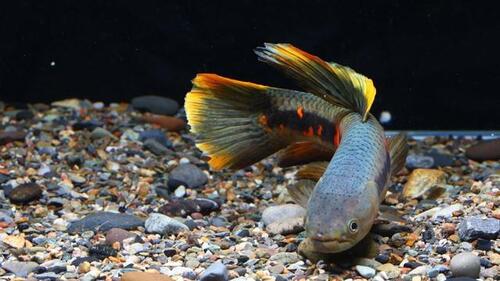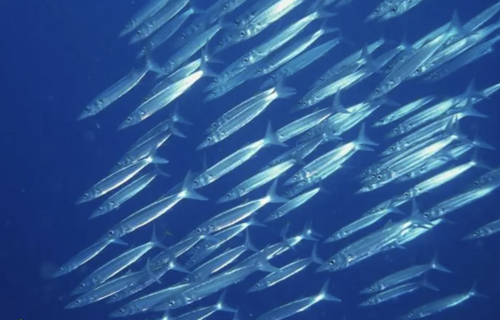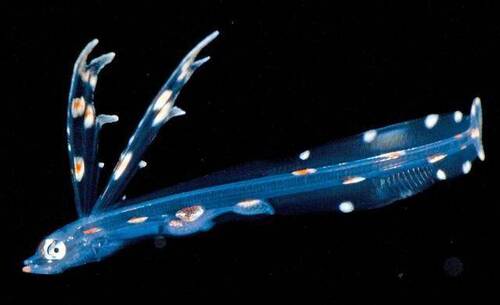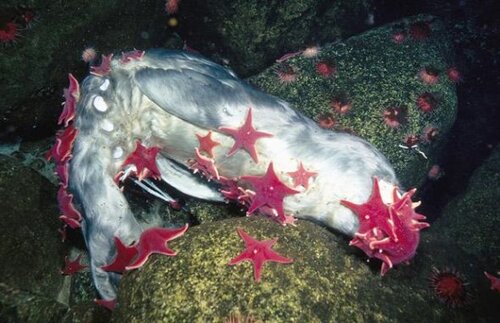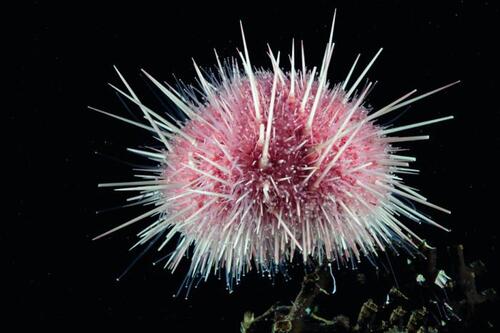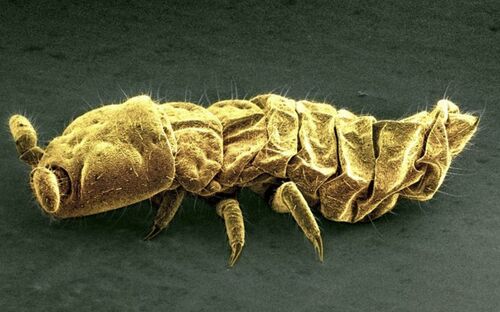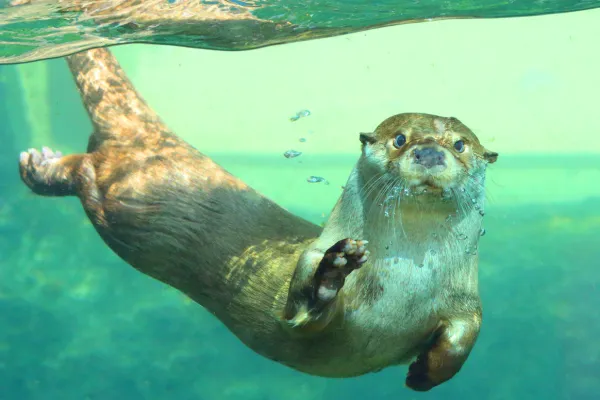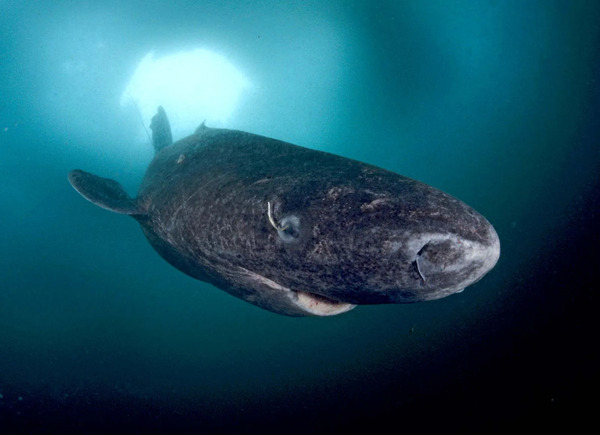Antarctica is one of the most unique and inhospitable places on Earth. Despite its extreme climate and ice-covered landscape, this icy continent is home to a wide variety of animals. Antarctica and the surrounding Southern Ocean are some of the purest and most pristine ecosystems in the world, and the animals that live here have demonstrated strong adaptability to survive and thrive in extremely cold conditions. This article takes a closer look at the animal species in Antarctica, including penguins, seals, whales, seabirds, and more, and how they maintain an ecological balance in this harsh environment.
1.1 Emperor Penguin
Emperor penguins are one of the symbols of Antarctica. They are the largest penguins in the world and the only penguins that breed in the Antarctic winter. They can survive in harsh environments of -60°C, relying on a thick layer of fat and dense feathers to maintain body temperature. During the breeding season, male emperor penguins are responsible for incubating eggs. They will carefully balance the eggs on their feet to keep them warm, and they will hardly eat for up to two months. This unique breeding strategy helps emperor penguins survive successfully in the extreme climate of Antarctica.
1.2 turtle
It is the most specialized of the existing reptiles. Its main characteristics are: the back and abdomen are armored, the trunk is wrapped in a solid bone shell; the vertebrae and ribs are fused with the shell; the shoulder girdle is located on the ventral side of the ribs (rare in vertebrates); there is no sternum, and the upper sternum and clavicle participate in the formation of the plastron; the quadrate bones are immobile; the jaws are toothless, replaced by keratin sheaths; the tongue is not retractable; there are nictitating membranes and movable eyelids; the anus is fissured; fertilization is internal, and it is oviparous.
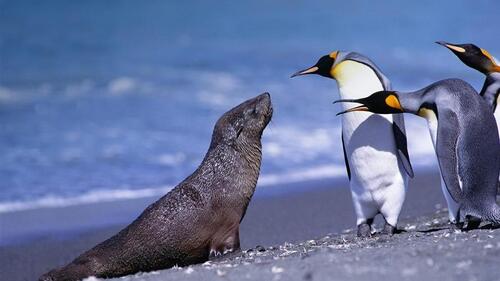
2. seal
Antarctica is home to many species of seals, most of which rely on Antarctica's glaciers and oceans for survival. There are many species of seals, including Weddell seals, leopard seals, crabeater seals and Ross seals.
2.1 Weddell Seal
Weddell seals are one of the most common seal species in Antarctica and are known for their strong adaptability. They are able to dive for long periods of time under the ice to hunt fish and squid. Weddell seals have thick skin around their nostrils and throats, which protects them from the cold when breathing under the ice.
2.2 Leopard Seal
Leopard seals are one of the most ferocious predators in Antarctica, preying on penguins and other seals. They are huge, up to 3 meters long and weighing up to 500 kilograms. The name leopard seals comes from the black spots on their fur, similar to leopards on land.
2.3 Crabeater
Crabeater seals are the most numerous seal species in Antarctica, and although the "crab-eating" in their name is somewhat misleading, in fact, they mainly feed on krill. Crabeater seals are known for their sharp teeth and strong swimming ability, which allows them to freely shuttle through the vast ice and snow of Antarctica.
2.4 Ross
Ross seals are one of the rarest seal species in Antarctica, living on the inland ice sheet of Antarctica all year round. Ross seals are relatively small, weighing about 200 kilograms, and their main food includes fish and squid.
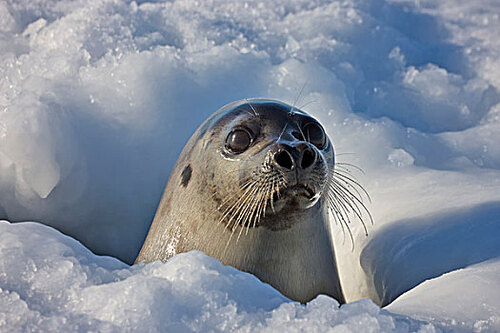
3. Whale
The Southern Ocean in Antarctica is one of the world's largest marine ecosystems, supporting many whale species. Every summer, large numbers of whales migrate to the waters around Antarctica to feed on the abundant krill and small fish there.
3.1 Blue Whale
The blue whale is the largest animal on Earth, with a body length of up to 30 meters and a weight of over 150 tons. Every year, blue whales migrate from warm waters to Antarctic waters to feed on large quantities of krill. The blue whale's food intake is amazing, and it can consume more than 4 tons of krill every day.
3.2 Humpback Whale
Humpback whales are one of the most common whales found in Antarctic waters, known for their leaps and unique song. Humpback whales mainly feed on krill and small fish, and they often beat the water with their wide tail fins to hunt in coordination.
3.3 Orca
Killer whales, also known as orcas, are one of Antarctica's top predators. They are highly social animals that typically hunt in family groups. Killer whales prey on seals, penguins, and even some smaller whales.
3.4 Minke whale
Minke whales are one of the most common whale species in Antarctica. Compared with other large whales, minke whales are smaller in size, but they also rely on the abundant krill resources in Antarctica for survival.
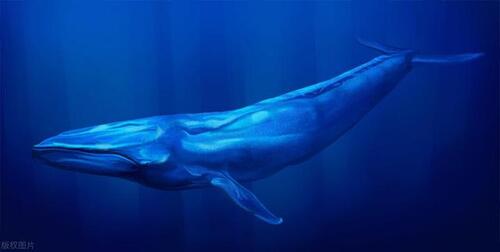
4 In addition to penguins, Antarctica is home to many other seabirds. These birds live along the coasts of Antarctica and rely on fish and krill in the ocean for food.
4.1 Antarctic Tern
The Antarctic tern is a migratory bird that flies from Antarctica to the Arctic each year, completing the world's longest migration. They breed during the Antarctic summer and feed on fish and krill.
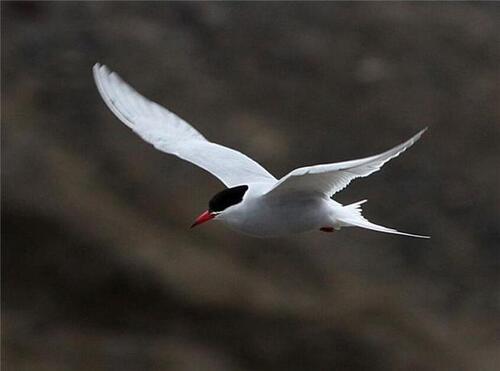
4.2 Giant Pet
The giant shearwater is a large seabird that often flies along the coastline of Antarctica, feeding on fish, krill and dead animals. Their powerful wings allow them to maintain stability during long-distance flights, often following fishing boats and whales.
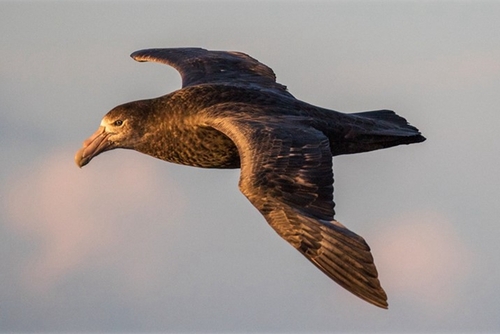
4.3 Snow Petrel
Snow petrels are endemic to Antarctica, and their white feathers help them blend in with the ice and snow. Snow petrels nest mainly in inland areas of Antarctica, feeding on fish and krill along the coast.
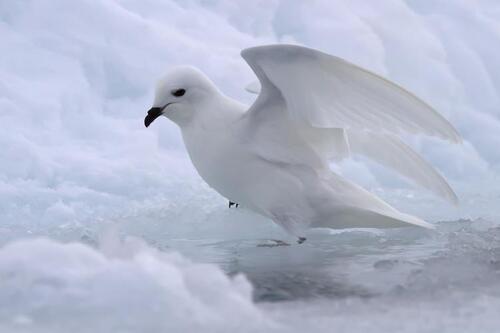
4.4 Black-browed Albatross
Albatrosses are one of the longest-flying birds in the world, and the black-browed albatross is a species of albatross commonly found in Antarctic waters. Their large wings help them glide in the wind and easily prey on fish and phosphorus in the ocean.
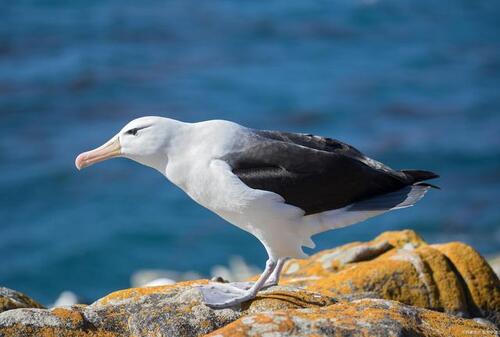
5. Krill
Antarctic krill is the base of the food chain in Antarctica and is the main food source for penguins, whales, seals and seabirds. The number of krill is huge, and scientists estimate that the total weight of Antarctic krill may exceed hundreds of millions of tons. They usually feed on plankton and reproduce in large numbers in the summer, becoming an important energy source for Antarctic predators.
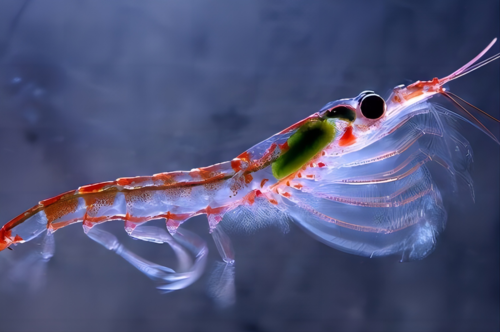
6. Fish
The cold waters of Antarctica also host some unique fish that have adapted to the extremely low water temperatures of Antarctica and often have special physiological characteristics to resist them.
6.1Antarctic Icefish
The Antarctic icefish is one of the most unique fish in Antarctica. It has no hemoglobin in its blood, making its blood transparent. This fish can survive in water temperatures close to freezing.
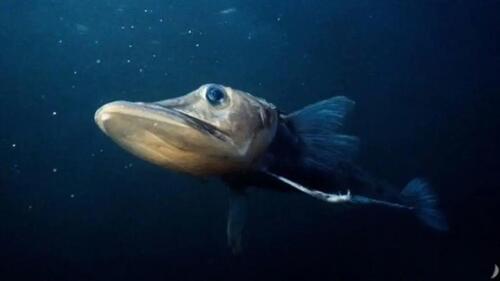
6.2 Toothfish
The Antarctic toothfish is a large predatory fish that can survive in the deep sea of Antarctica. The toothfish is an important catch for local fisheries. Its meat is delicious and is known as the "Antarctic cod".
